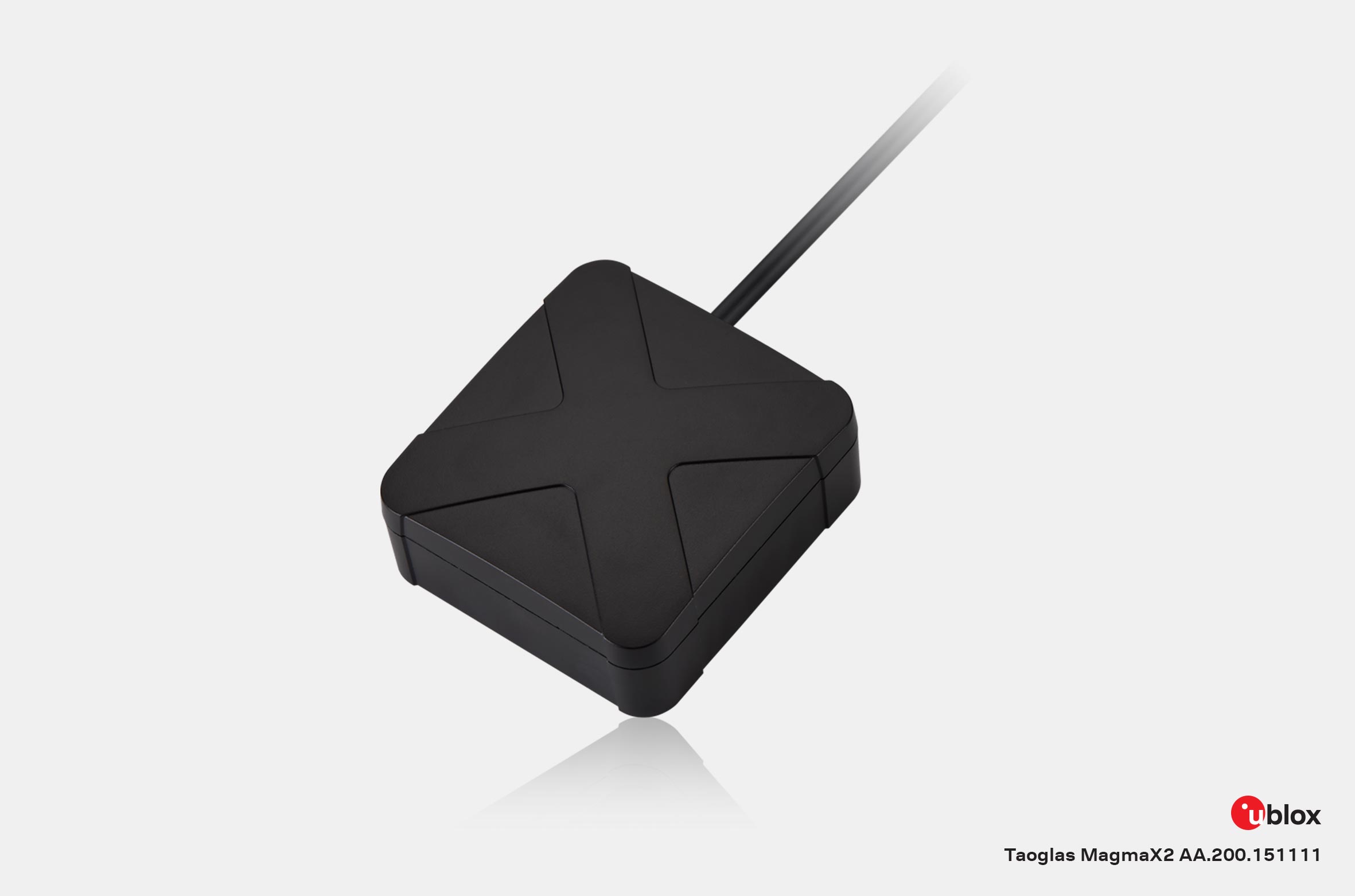
- Support portal
- Evaluation Kits and partner products
u-blox Support
- Product documentation
Documentation
- Investor relations
Investor relations
11 Aug 2023
Find the best GNSS antenna and receiver combination to enhance your GNSS solution

Racing cars achieve maximum speed when designers modify specific components such as spoilers, splitters, and diffusers to improve aerodynamics. Similarly, design engineers who conceive GNSS (global navigation satellite system) solutions with embedded receivers can modify several features to maximize functionality, one being the antenna.
GNSS antennas have a critical influence on the performance of a product equipped with an embedded GNSS receiver. Designers must consider features like form, shape, size, weight, and adaptability according to specific needs. They should also consider the front-end RF signal path components, which are crucial for the system’s effectiveness.
The GNSS antenna makes all the difference for signal reception in general and, more importantly, to help achieve cm-level accuracy, that is, high-precision GNSS. Here, several factors come into play, including the operating GNSS signal level (approx. -130 to -167 dBm), radiation pattern, gain, polarization, and impedance matching with the transmission or reception system, which ideally should be 50 Ω at GNSS frequencies.
Of course, designers need to customize antennas depending on the needs of the end solution. In the automotive sector, the aerodynamics of an antenna is of primary importance. In the case of an e-scooter, it is necessary to customize the antenna according to the device’s design, always considering the most appropriate way to mount it. The antenna of a UAV (unmanned aerial vehicle) needs to be lightweight since there are well-defined UAV classifications based on weight and its impact on flight duration. On the other hand, accuracy is more relevant than weight for surveying tasks.
Apart from these broader considerations, more specific ones vary from case to case. For instance, an application might need an antenna to reject multipath or signals near the horizon. Two other common demands for an antenna can be to: reduce leakage of in-band interference from nearby high-speed digital electronics and filter specific interference from nearby or even collocated radios.
Additionally, as GNSS receivers may be compatible with many antennas, some essential criteria are needed to screen the many products on the market. GNSS receivers enhance performance when paired with antennas that exhibit the following key characteristics:
Besides the characteristics of an antenna, the success of designs demands an interaction between GNSS receivers and antenna suppliers. For a GNSS system to work properly, it is essential to assess the entire solution. For this reason, antenna suppliers must have access to the GNSS receiver roadmap, samples, and specifications at an adequate stage.
The earlier this interaction, the more opportunity for antenna suppliers to validate the overall performance. With it, customers can think of various baseline designs to suit different applications. Moreover, proven designs decrease time to market as they require fewer iterations. This will ultimately bring benefits to customers.
Considering the previous aspects, let’s look at some of the most reliable GNSS antenna brands and key features of specific models.
Taoglas. Taoglas offers an extensive range of high-performance antennas with over 600 variants in different form factors, bands (dual, full, and single), mechanical styles, connectors, lengths, and widths. Their easy-to-use Product Selector clears the path for customers to find the most suitable antenna. Together with the u-blox XPLR-HPG-2 evaluation platform, they integrate high-precision GNSS and L-band antennas.
Taoglas recognizes the importance of proper antenna design and integration. When conducting field tests on their GNSS antenna designs, Taoglas validates them using positioning modules. For the simulation of real-world applications, the company uses a six-hour static rooftop test in an open-sky environment.
The MagmaX2 AA.200.151111 is an active GNSS magnetic mount antenna in an enclosed design. It supports most satellite constellations, including GPS (L1/L2/L5). Achieving an outstanding signal-to-noise ratio (C/N0) and maintaining a low axial ratio (less than two) are essential to ensure antenna stability and accurate location determination. The MagmaX2 mitigates multipath interference, which provides better-quality signals to the receivers. With a simple, lightweight, and compact design, typical applications of this antenna include ground robotics and precision agriculture.

The antenna was validated with the u-blox NEO-F9P module. When measured with a high-precision RTK correction service and a ground plane, the CEP (circular error probable) is reported at 0.58 cm. When using u-blox PointPerfect high-precision augmentation service, the CEP is reported at 8.24 cm. The receiver reported all positions in RTK fix mode.
Tallysman. The Canadian company offers a broad portfolio of embedded and housed antenna technologies for high-precision GNSS applications. It offers Accutenna™ multi-feed multi-band ceramic patches, wide-band lightweight helical, and full-band cross-dipole antenna technologies. Tallysman offers eXtended Filtering (XF) with sharp and deep filter edges. This helps mitigate near-band and out-of-band interference, such as cellular signals and their harmonics.
Tallysman also offers an innovative compact TW5390 smart Accutenna™ antenna. It incorporates the u-blox ZED-F9R with inertial dead reckoning, the u-blox NEO-D9S L-band receiver, as well as the u-blox PointPerfect high-precision augmentation service. The TW5390 solution offers an out-of-the-box high-precision GNSS solution.
Tallysman tested the new u-blox NEO-F9P L1/L5 receiver with the HC885XF antenna and obtained excellent GNSS performance. The observed averaged L5/E5 code noise and phase noise at low elevation angles (10-30 degrees) were 0.47 meters and 0.004 meters, respectively. The post-processing analysis of L1, E1, L5, and E5 signals resulted in positional accuracy of 6 mm in latitude and longitude coordinates and 22 mm in height, with a 95% CI (Confidence Interval). The helical antenna technology showed reliable multipath mitigation. These results support an L5-enabled NEO-F9P receiver as an adequate choice for system integrators.
Lightweight helical antennas may be deployed without a ground plane. This feature makes them ideal for UAV applications. At a modest 42 g, the HC885XF multi-band helical antenna pairs well with the compact NEO-F9P module. HC885XF has a 2.5 dB noise figure, a zenith axial ratio of <0.5 dB typical, phase center variation of 3 mm, and is available in two gain versions, 28 or 35 dB. Furthermore, it offers substantial multipath mitigation.
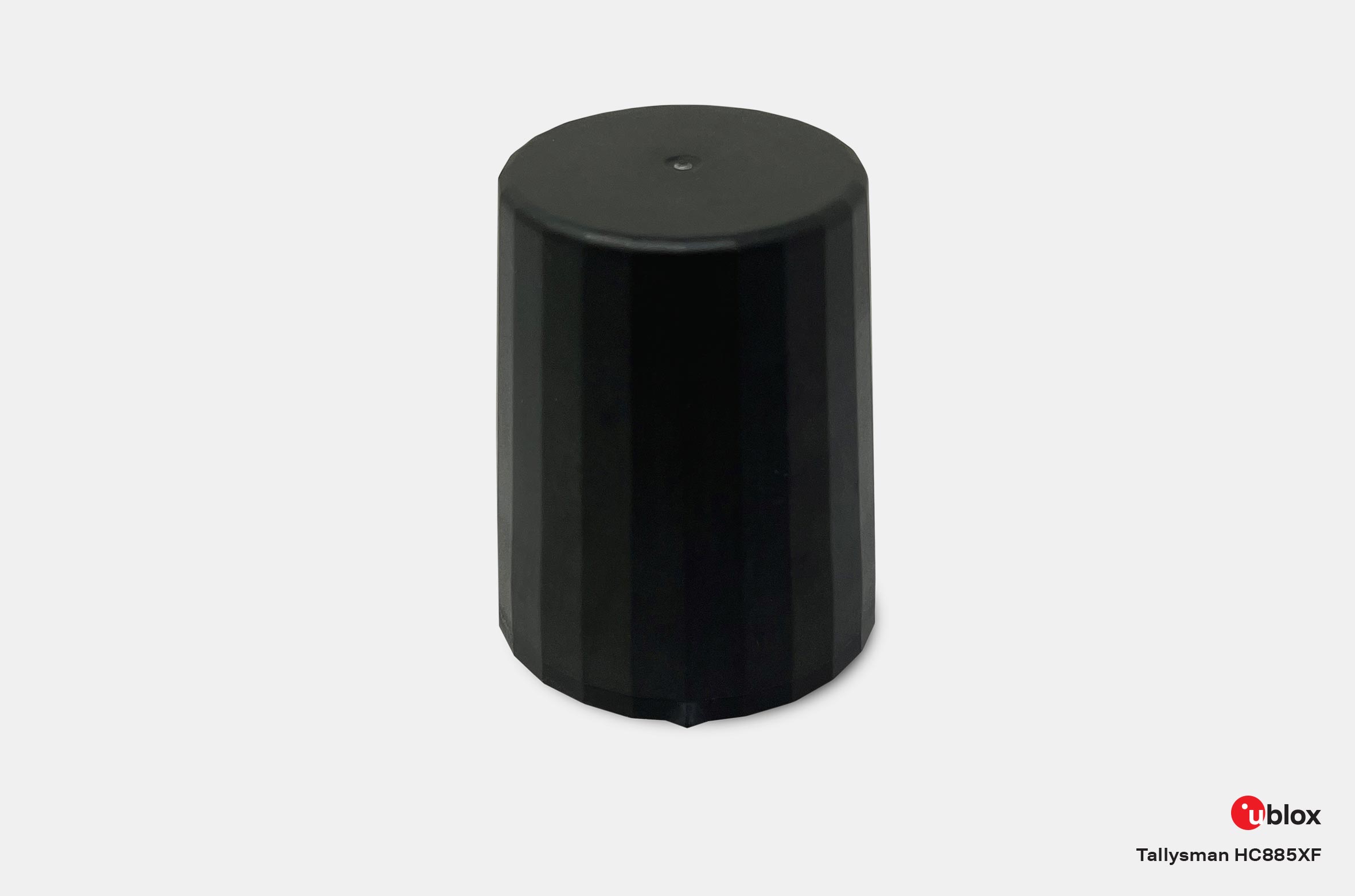
Maxtena. One key advantage of these antennas is their capacity to receive GNSS signals in various orientations, unlike block ceramic antennas. This feature proves highly beneficial when a unit containing the antenna serves multiple use cases or applications and cannot consistently point toward the sky. The helix design is particularly advantageous as it eliminates the need for an antenna ground plane.
The experimental tests of the M9HCT-A-SMA, in combination with the u-blox NEO-F9P-15 module, show outstanding positioning results. Weighing in at only 6 and 24 g (embedded and housed versions, respectively), the antenna obtained a 0.02436 m 2DRMS under clear skies. Another result worth mentioning regards TTFF (time to first fix). For this combination, the result was 36.67 s. Finally, the antenna with a phase center variation of 1 cm achieved an accuracy of 1.4 cm dimensions.

u-blox. In addition to third-party partners, u-blox offers branded antenna designs extensively validated. They are primarily delivered as part of our evaluation kits. Differentiators like innovative design, versatile mounting options, and connector choices provide users with fast, easy, and reliable multi-band antenna solutions. For instance, the ANN-MB1 antenna is compatible with the NEO-F9P-15B and the ZED-F9P-15B. It features a patented antenna element design for embedded environments through our production partner, Amotech.
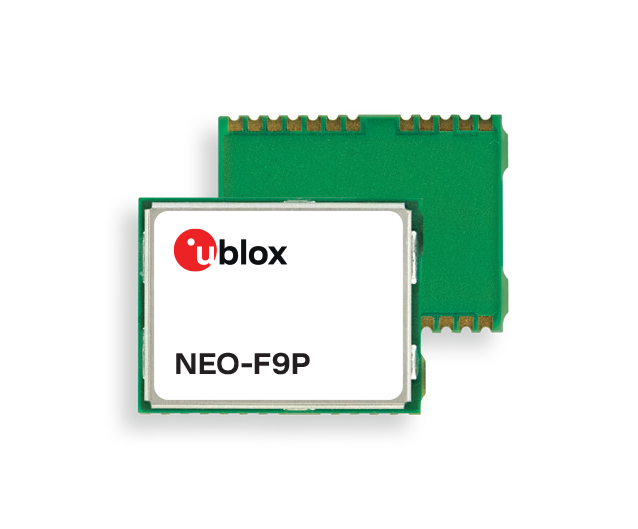
GNSS antennas are crucial to obtaining reception quality and high-precision accuracy. The antenna design will also depend substantially on the final application. The right antenna design contributes to aesthetics and usability, increasing the chances of success: how it fits in the overall layout, placement, size, weight, etc.
For GNSS antennas, some characteristics, such as support from the correct satellite constellation, customization, and broad bandwidth capabilities, among others, are crucial to obtain the desired results.
Furthermore, GNSS antennas and receivers require parallel development. The two suppliers need to collaborate closely to perfect designs. This will happen as long as the collaboration occurs at an early stage, which will ultimately avoid last-minute mechanical changes that add months to the production timeline. Proper support is determinant for the success of end products so customers can access the right balance between performance and visual appeal.
In conclusion, if you seek optimal performance and accuracy through a GNSS receiver, please mind the GNSS antenna.
Alex Ngi
Product Manager for Industrial Navigation and Robotics, Product Center Positioning, u-blox
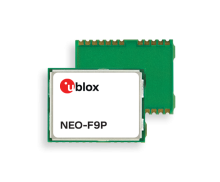
u-blox F9 high precision GNSS module
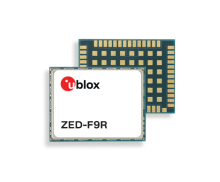
u-blox F9 high precision dead reckoning module
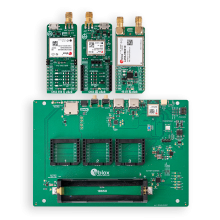
High precision GNSS explorer kit
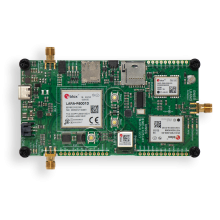
High precision GNSS explorer kit
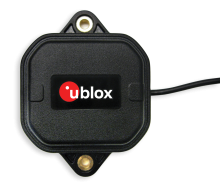
L1/L5 multi-band, high precision GNSS antennas

L1/L2 multi-band, high precision GNSS antennas
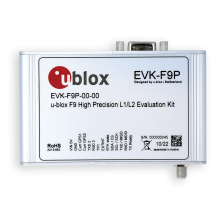
u-blox F9P high precision GNSS evaluation kit